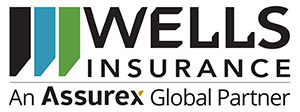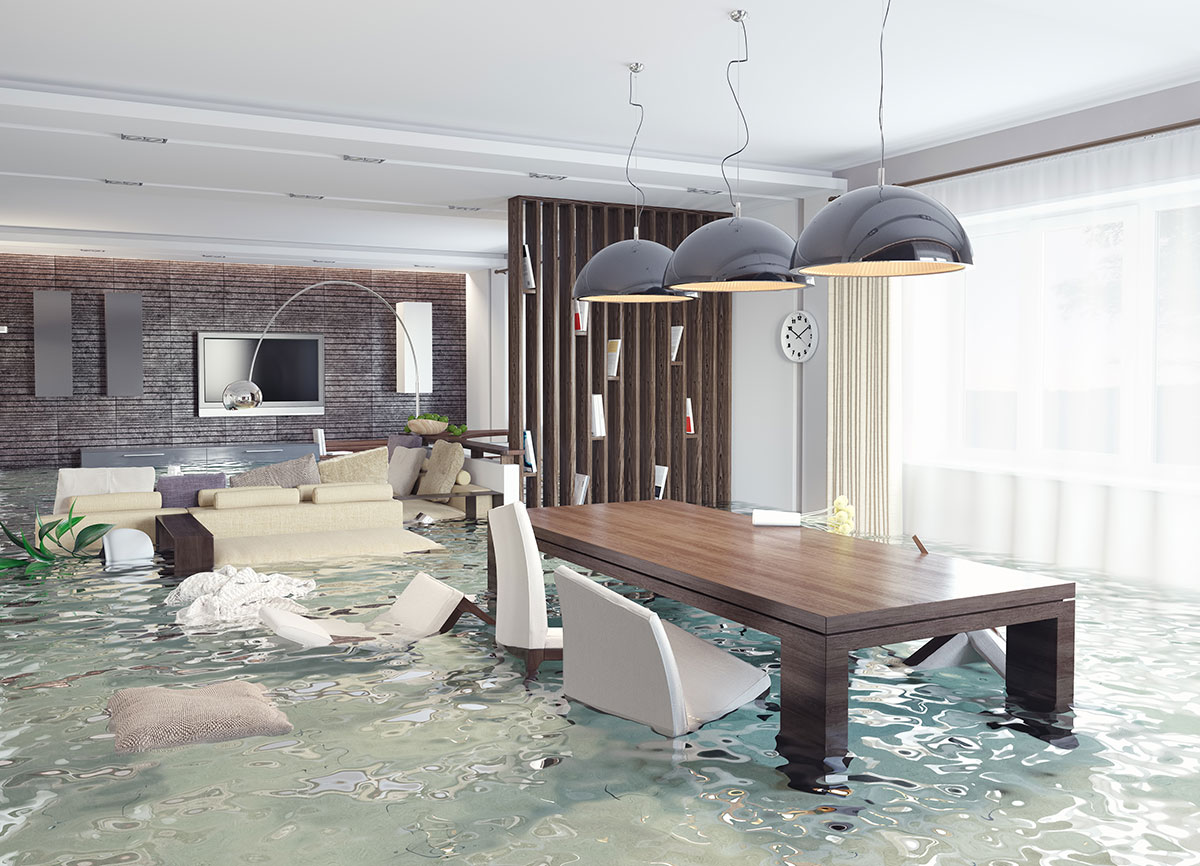Protect your home with a flood insurance policy from Wells
Contrary to what many people think, your homeowner’s insurance does not provide your home with blanket coverage against any and all kind of damage. Similar to a wind & hail insurance policy, flood insurance should be considered, to provide coverage for your property in the event that it’s damaged by rising water. Both of these types of insurance are particularly important in coastal areas where the risk of hurricane-force winds and extreme rainfall are significantly high.


